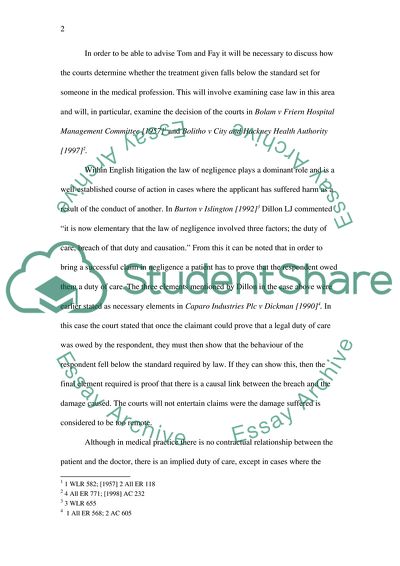Cite this document
(Most of the Case Law in Relation to Medical Negligence - a Respectable Study, n.d.)
Most of the Case Law in Relation to Medical Negligence - a Respectable Study. Retrieved from https://studentshare.org/law/1723043-medical-law
Most of the Case Law in Relation to Medical Negligence - a Respectable Study. Retrieved from https://studentshare.org/law/1723043-medical-law
(Most of the Case Law in Relation to Medical Negligence - a Respectable Study)
Most of the Case Law in Relation to Medical Negligence - a Respectable Study. https://studentshare.org/law/1723043-medical-law.
Most of the Case Law in Relation to Medical Negligence - a Respectable Study. https://studentshare.org/law/1723043-medical-law.
“Most of the Case Law in Relation to Medical Negligence - a Respectable Study”. https://studentshare.org/law/1723043-medical-law.


